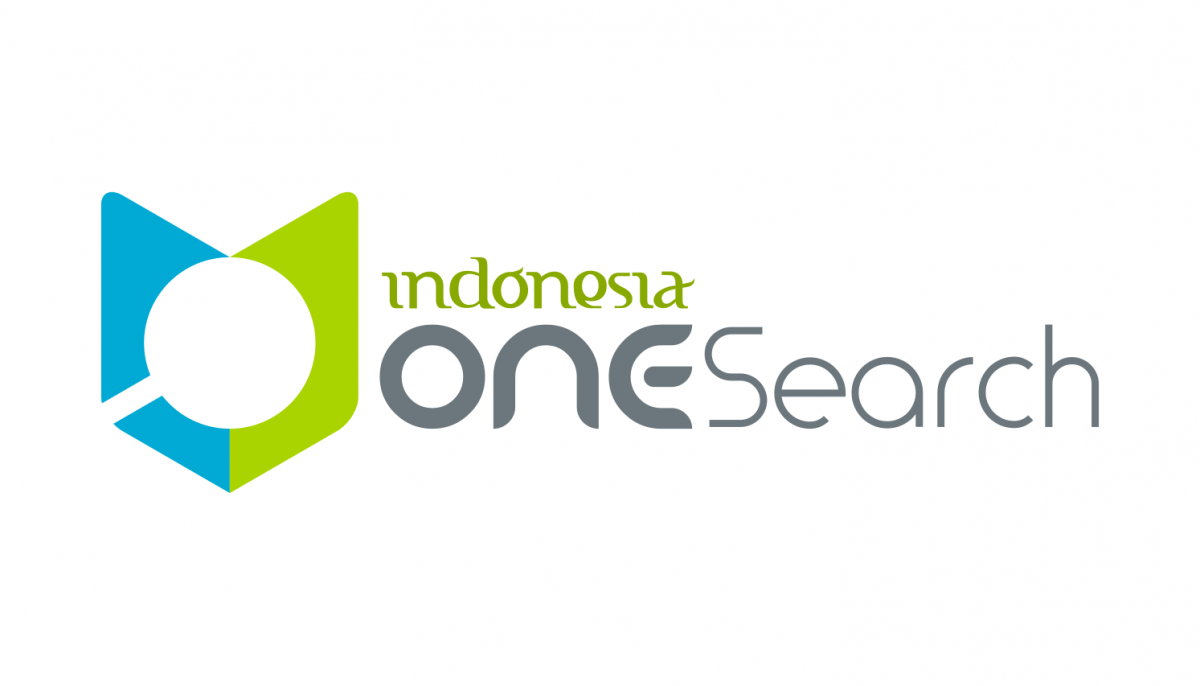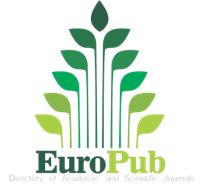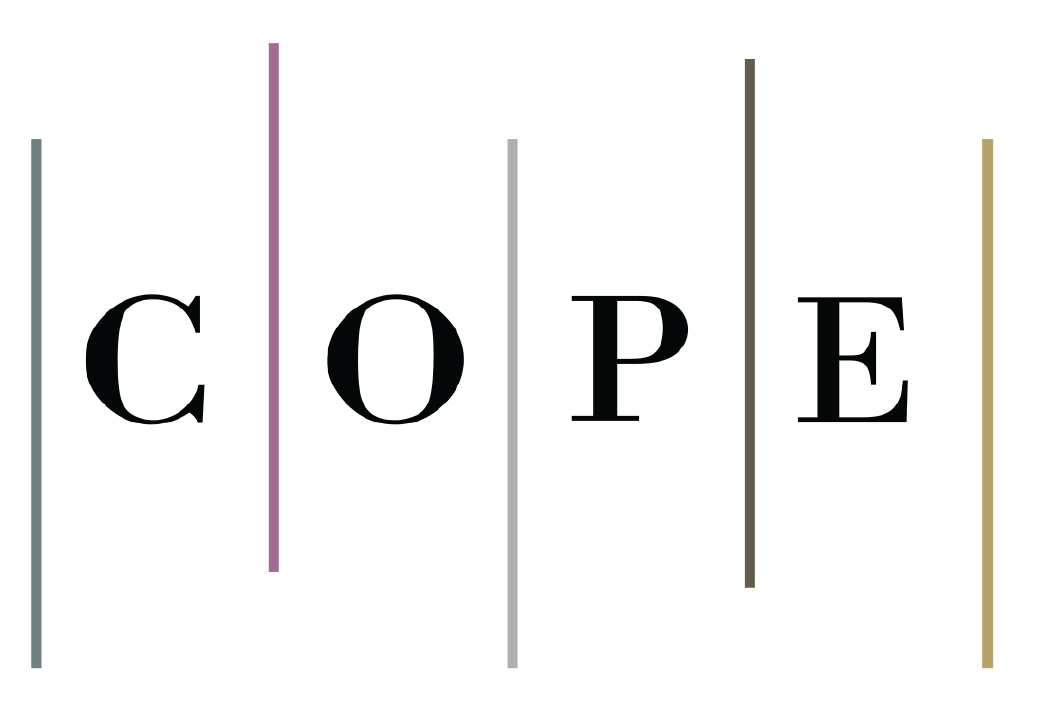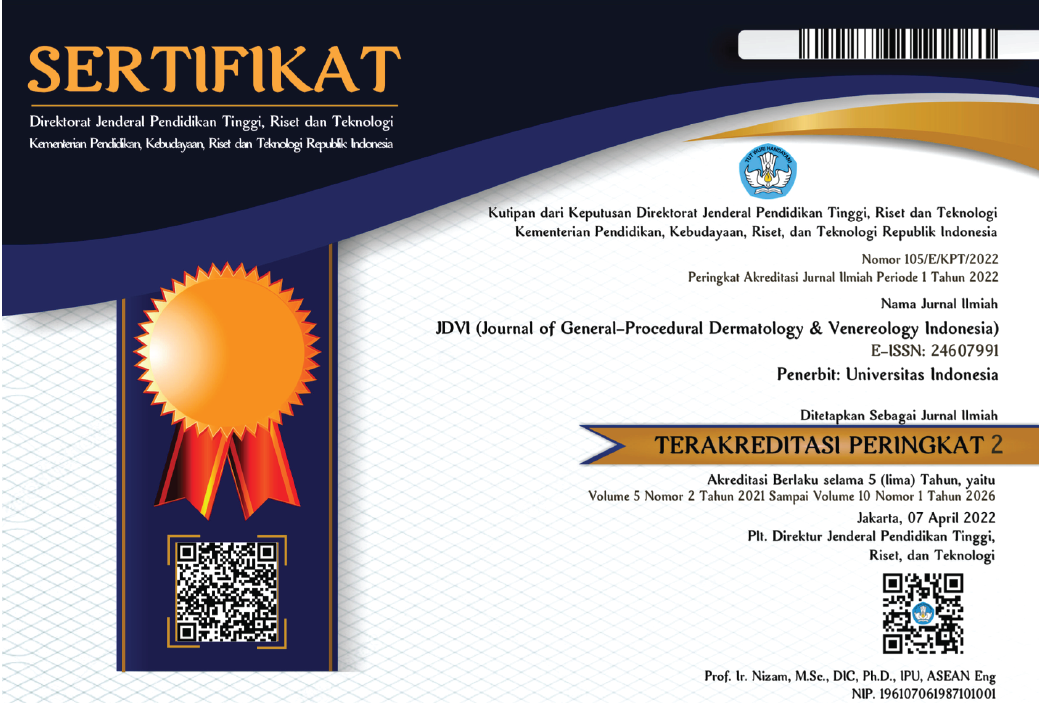Abstract
Background: Individual case management strategy is not suitable for reducing scabies transmission, especially in high prevalence settings. A community-based approach has been proposed to control scabies. We developed a mobile application, called DeSkab, to empower non-medical personnel in crowded populations e.g., boarding schools, and to aid the identification of skin lesions suggesting scabies based on the cardinal signs of scabies. Early treatment and prevention of scabies transmission is expected to follow this approach. This was the initial development of the DeSkab mobile application which aims to assess user acceptance.
Methods: The DeSkab mobile application was designed using Java and XML, supported by Google's Android. The scabies detection and education features were the app’s key distinctive aspects. An online survey was performed, aimed at potential users, including boarding school teachers and healthcare workers. The survey was divided into four sections: application design and user-friendliness, early detection data entry and interpretation, education features, and user recommendations.
Result: Overall, users' acceptance of this application was good. More than 70% of the users gave good feedback for the application. Using mobile health makes it easier for the users to find information about scabies and check whether their skin lesions are suggestive of scabies.
Conclusion: This application is expected to help expand scabies detection, especially in crowded communities. Improvements must be made to the interface, data entry, and educational material for the app's next iteration. Further study is needed to determine how mobile health application can improve scabies detection in communities.
References
- Engelman D, Cantey PT, Marks M, et al. The public health control of scabies: Priorities for research and action. Lancet. 2019;394(10192):81–92.
- Banerji A. Scabies. Paediatr Child Health. 2015;20(7):395–8.
- Puspita SIA, Ardiati FN, Adriyani R, et al. Factors of personal hygiene habits and scabies symptoms at Islamic boarding school. Jurnal Promkes: The Indonesian Journal of Health Promotion and Health Education. 2021;9(2):91-100.
- Karimkhani C, Colombara DV, Drucker AM, et al. The global burden of scabies: A cross-sectional analysis from the Global Burden of Disease Study 2015. Lancet Infect Dis. 2017;17(12):1247–54.
- Rihatmadja R, Miranda E, Wicaksono MM, Widaty S. Why are they hard to treat? A preliminary survey to predict important factors causing persistent scabies among students of religion-affiliated Boarding Schools in Indonesia. Dermatology Reports. 2019;11(S1):41–3.
- Heukelbach J, Mazigo HD, Ugbomoiko US. Impact of scabies in resource-poor communities. Curr Opin Infect Dis. 2013;26(2):127–32.
- Engelman D, Yoshizumi J, Hay RJ, et al. The 2020 international alliance for the control of scabies consensus criteria for the diagnosis of scabies. Br J Dermatol. 2020;183(5):808–20.
- Widaty S, Krisanti RIA, Rihatmadja R, et al. Development of "DeSkab" as an instrument to detect Scabies for non-medical personnel in Indonesia. Dermatology Reports. 2019;11(S1):25–7.
-
Carrion C, Robles N, Sola-Morales O, et al. Mobile health strategies to tackle skin neglected tropical diseases with recommendations from innovative experiences: Systematic review. JMIR Mhealth Uhealth. 2020;8(12):e22478.
-
Efendi D, Sari D. Aplikasi mobile–health sebagai upaya peningkatan kualitas pelayanan keperawatan anak dengan penyakit kronis pada setting home hospital [Mobile-health application to improve nurse care of children with chronic disease in home hospital setting]. Jurnal Keperawatan Indonesia. 2017;20(1):1–8. Indonesian.
-
Sari E, Utoyo S, Anggraini L, editors. Statistik telekomunikasi Indonesia 2019 [Telecommunication Statistics in Indonesia 2019]. Jakarta: Badan Pusat Statistik Indonesia; 2019. p.100–38. Indonesian.
-
Kaliyadan F, Ashique KT. Use of mobile applications in dermatology. Indian J Dermatol. 2020;65(5):371–6.
-
Mahmood A, Kedia S, Wyant DK, et al. Use of mobile health applications for health-promoting behavior among individuals with chronic medical conditions. Digit Heal. 2019;5:1–17.
-
Flaten HK, St Claire C, Schlager E, et al. Growth of mobile applications in dermatology - 2017 update. Dermatol Online J. 2018;24(2):13.
-
Mieras LF, Taal AT, Post EB, et al. The development of a mobile application to support peripheral health workers to diagnose and treat people with skin diseases in resource-poor settings. Trop Med Infect Dis. 2018;3(3):1–7.
-
Brewer AC, Endly DC, Henley J, et al. Mobile applications in dermatology. JAMA Dermatol. 2013;149(11):1300-4.
-
Agarwal S, Perry HB, Long LA, Labrique AB. Evidence on feasibility and effective use of mHealth strategies by frontline health workers in developing countries: Systematic review. Trop Med Int Heal. 2015;20(8):1003–14.
-
Mercer JM. An array of mobile apps for dermatologists. J Cutan Med Surg. 2014;18(5):295–7.
-
Miranda E, Menaldi SL, Rihatmadja R, et al. Community-based scabies detection by trained non-medical personnel. In: Proceedings of the 23rd Regional Conference of Dermatology (RCD 2018). 2021:199–203.
-
Sek YW, Lau SH, Teoh KK, et al. Prediction of user acceptance and adoption of smart phone for learning with technology acceptance model. J Appl Sci. 2010;10(20):2395–202.
-
Wahab RAAR, Handayani PW. Analysis of user acceptance for Rumah Belajar Mobile Application. 2021 3rd East Indonesia Conference on Computer and Information Technology (EIConCIT). 2021;232–8. DOI:10.1109/EIConCIT50028.2021.9431935.
-
Bouvresse S, Chosidow O. Scabies in healthcare settings. Curr Opin Infect Dis. 2010;23(2):111–8.
-
Masud A, Shafi S, Rao BK. Mobile medical apps for patient education: A graded review of available dermatology apps. Cutis. 2018;101(2):141–4.
-
Mitjà O, Marks M, Bertran L, et al. Integrated control and management of neglected tropical skin diseases. PLoS Negl Trop Dis. 2017;11(1):1–13.
-
Frej A, Cano M, Ruiz-Postigo JA, et al. Assessing the quality of the World Health Organization’s Skin NTDs app as a training tool in Ghana and Kenya: Protocol for a cross-sectional study. JMIR Res Protoc. 2022;11(12):e39393.
Recommended Citation
Widaty, Sandra; Friska, Dewi; Bramono, Kusmarinah; Sari, Siti Maulidya; Darmawan, Irene; and Kekalih, Aria
(2023)
"User acceptance of DeSkab mobile application for early detection of scabies in Indonesia,"
Journal of General - Procedural Dermatology and Venereology Indonesia: Vol. 7:
Iss.
2, Article 2.
DOI: 10.7454/jdvi.v7i2.1148
Available at:
https://scholarhub.ui.ac.id/jdvi/vol7/iss2/2






























